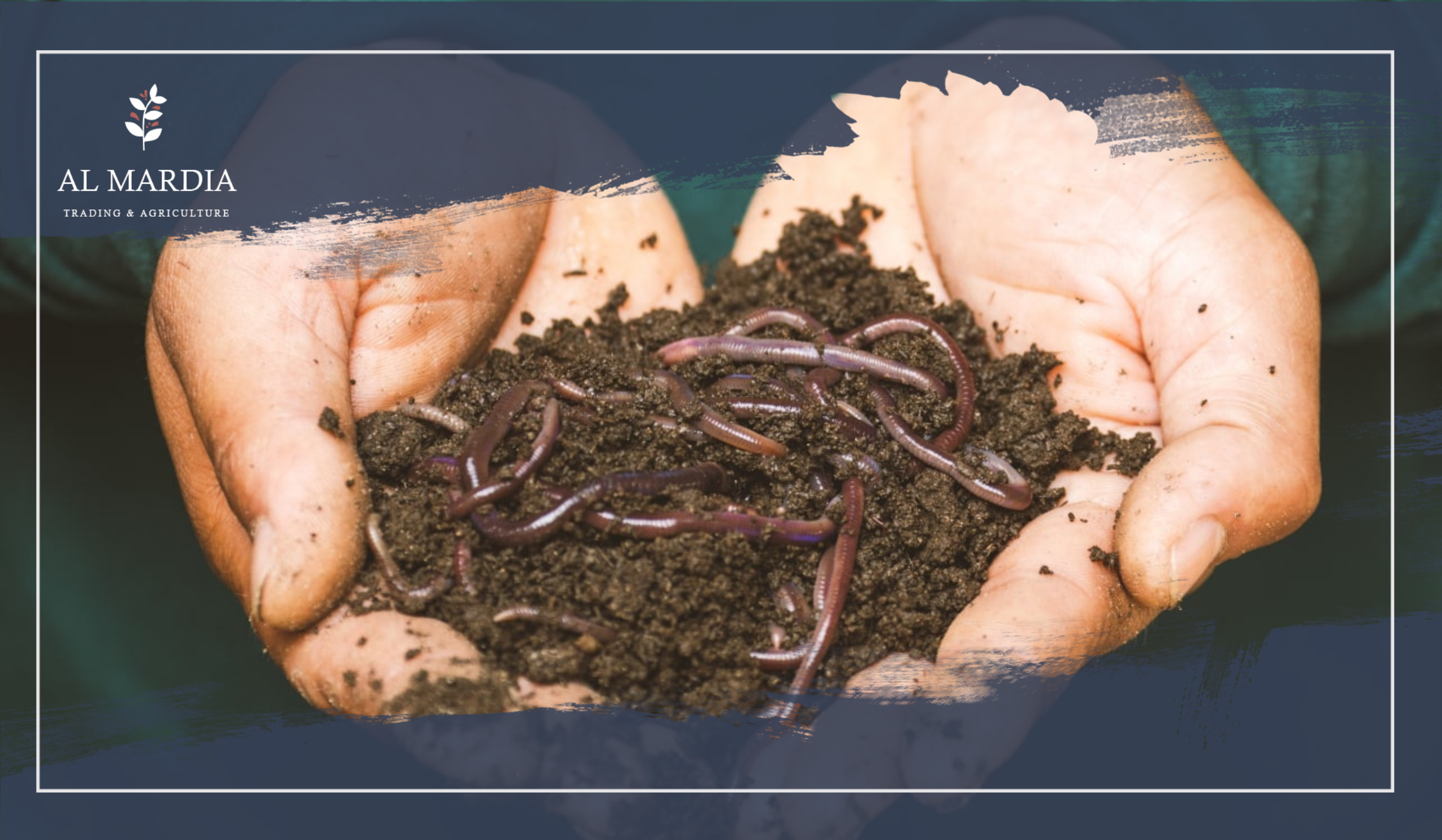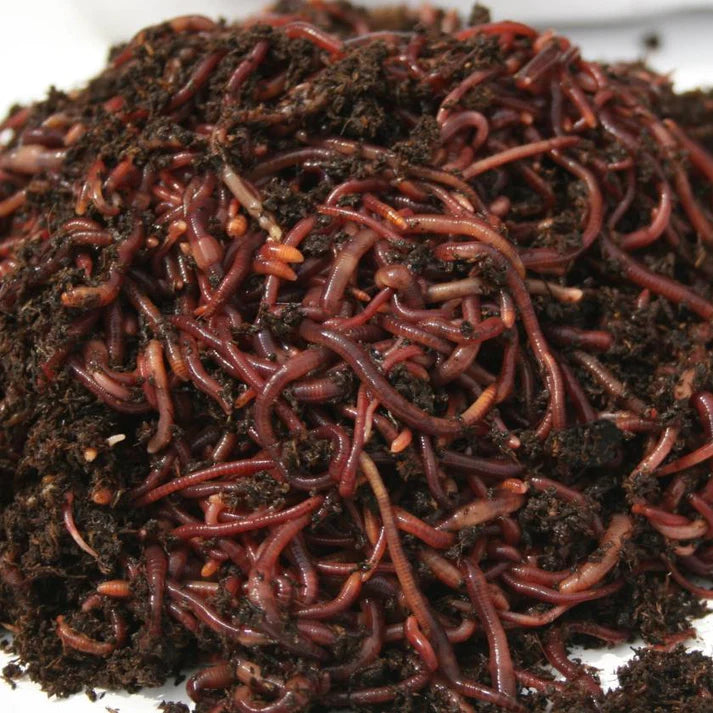The 5-Second Trick For North Carolina Worms
The 5-Second Trick For North Carolina Worms
Blog Article
North Carolina Worms Can Be Fun For Anyone
Table of ContentsThe Facts About North Carolina Worms RevealedThe 7-Second Trick For North Carolina WormsIndicators on North Carolina Worms You Need To Know3 Easy Facts About North Carolina Worms ExplainedSome Known Factual Statements About North Carolina Worms
Example: 1-gallon of worm spreadings to 4 gallons of potting mix. 1/2 cup in the base of the planting hole for smaller sized plants. 1 cup for larger plants.Plant your seeds and cover with dirt. Pleasant corn would certainly call for a bit more however a lot of row vegetables will certainly be great with a half-inch. We discover that worm castings are not actually required for seed starting. Soaking your seeds before planting in a weak dilution of worm castings tea, advertises much better germination prices and plant health and wellness.
The addition of tea can additionally include enhanced microbial biomass to your soil. Organic. You can constantly side-dress your plants with worm castings at any moment. Just bear in mind, the bacteria will certainly pass away if revealed to UV rays (Sun), so make certain to cover the spreadings with an inch or so of dirt

This baffled them for years up until the screening methods became better. It would certainly get much better(with more spreadings), degree off, and then decline. As well numerous worm castings would accelerate the development to a rate that the plant can not recoup from.
The Single Strategy To Use For North Carolina Worms
I have clarified the merits of worm spreadings for concerning 2000 words. Worm spreadings are no different. It takes time to develop high quality worm castings.
Worm spreadings certainly cost even more than chemical fertilizers. Worm spreadings are on the more affordable end of natural plant foods. (50 gallons per year) It is a much tougher and extremely costly investment to create large amounts of worm spreadings.
I would place worm spreadings up versus any type of fertilizer (chemical or natural) for plant wellness and return. We have actually talked concerning the numerous benefits of worm spreadings.
Producing a healthy soil might be the best benefit of worm castings. We went over worm spreadings NPK and likewise the proper nutrient analysis that must apply to worm spreadings.
What Does North Carolina Worms Mean?
We talked concerning some of the negative aspects connected with worm spreadings. I covered a great deal of material in this article.
(https://www.giantbomb.com/profile/nrthc4ro1nwr/)The upright burrows are usually open, although the worms cover the top with residue and excrement. Roots require oxygen for their growth, whereas they create carbon dioxide that requires to leave the soil.

Rumored Buzz on North Carolina Worms
In another research, earthworms were approximated to eat 4 to 10 percent of the top 6 inches of the dirt every year. This only mosts likely to show the substantial quantities of soil that can be processed by earthworms. Soil compaction minimizes the porosity of the dirt. Because earthworms increase porosity, they minimize the impacts of compaction.
Common earthworm populaces can quickly take in 2 lots of completely dry issue per acre each year, partly digesting and mixing it with soil. The value of earthworms to mix surface area deposit with dirt comes to be extremely clear in dirts that do not have any type of earthworms. Most of our Pennsylvania dirts contend least some earthworms, and the result of their total absence, as a result, can not be kept in mind.
In these dirts, the formation of topsoil with practical raw material material did not take place, resulting in bad crop growth. Once the reason was developed, click resources the government of the Netherlands started a project to present earthworms. After the intro of the earthworms, a dark topsoil layer was developed, and crop development boosted substantially.
Not known Factual Statements About North Carolina Worms
They live mostly from partly decomposed organic matter that is currently included in the soil. These varieties consume large amounts of dirt that they blend with digested plant residue in their intestines.
Their burrows stay open, although they top the leading with plant deposit that they draw to the entryway. These varieties ingest significant amounts of dirt that they combine with absorbed residue in their intestines. Their waste matter is largely deposited at the surface area of the dirt. The nightcrawler Lumbricus terrestris is the most famous member of this team.
Report this page